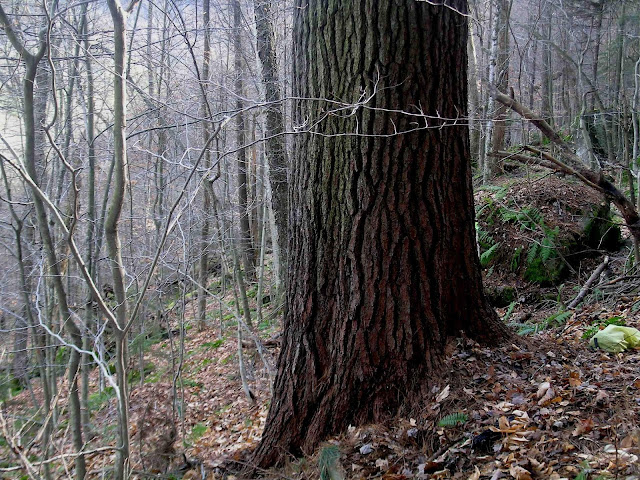Bob Leverett, Old-Growth Forest Explorer
For decades, my friend Bob Leverett has been searching out the remnant stands of old growth forest that (surprisingly) can still be found in New England, particularly in western Massachusetts. Although he's now retired, Bob hasn't slowed down a bit, and his engineering background manifests itself as a continuing compulsion to measure trees (he calls it an obsession), preferably but not necessarily in old forests.
Bob has sized up virtually every native tree species to be found in these parts, as well as a number of non-natives; he's also done similar field (er, forest) work throughout the eastern U.S. (and then some). As an author of a number of old-growth-forest related publications, co-founder of The Native Tree Society, and an authority on measurement guidelines for the American Forests national champion tree registry, he knows his trees and their statistics.
New England's Tallest Trees
Bob realized long ago that the tallest tree species in New England's forests would be the eastern white pine (Pinus strobus). He has made a practice of naming some of the most notable and noble of our forest trees to honor some of our most notable and noble people.
A few days ago, we trekked into some old growth forest in the Deerfield River gorge to visit one of Bob's most spectacular discoveries, the Thoreau Pine. The hike had several purposes; one was to show the tree to Richard Higgins, a Thoreau researcher and author. Another was to take an end-of-year measurement of the tree to gauge its continuing growth.











